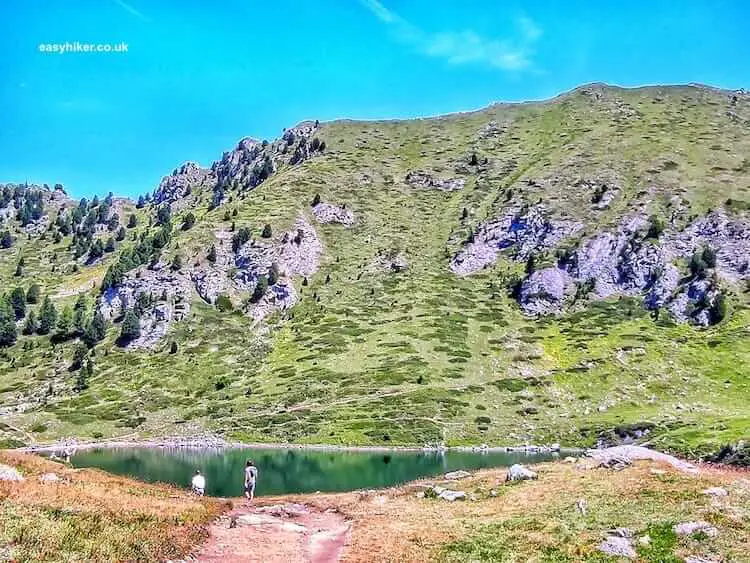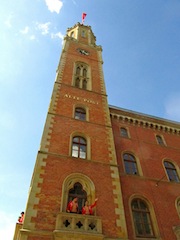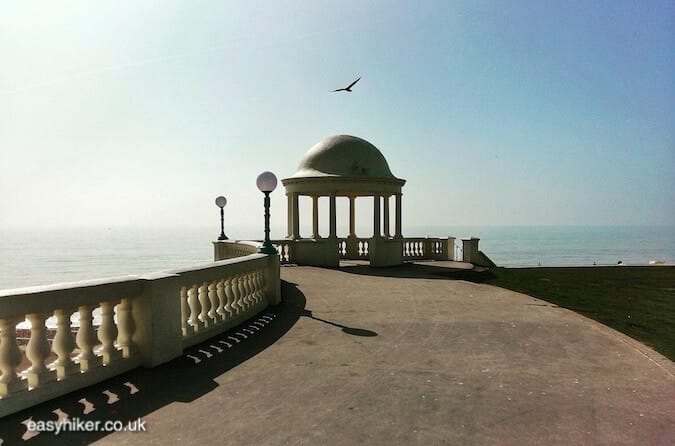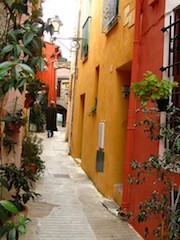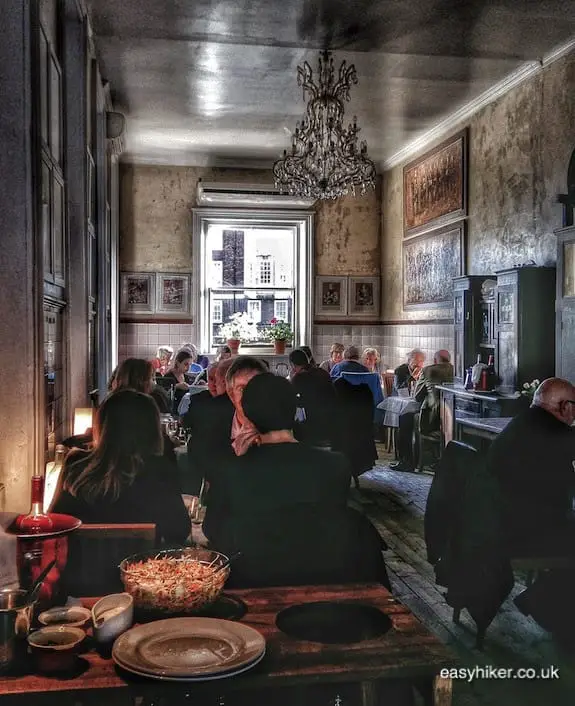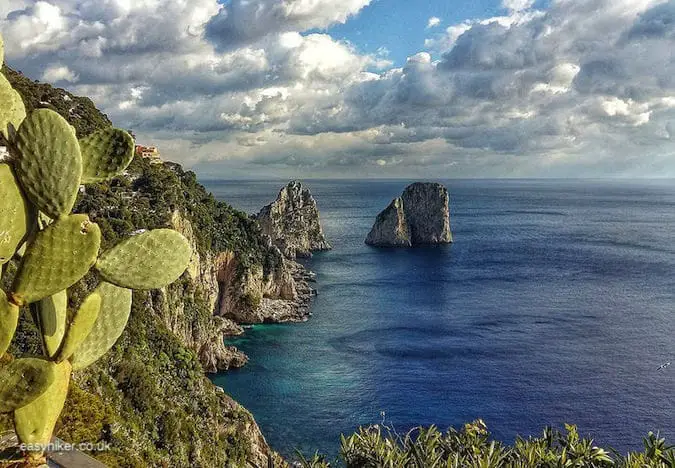Alpine walks have the reputation of being difficult, generally for good reasons. That does not mean that you are doomed to stick to the lowlands unless you are a dab hand at ropes and bottled oxygen.
What it does mean, however, is that you must follow certain rules when looking for easy hikes 2000 metres (or more) up in the clouds.
Such trails do exist, believe us: you just have to find them.

Take Peeks of Alpine Peaks in the Aosta Valley
Rule 1: look for a place with a cable car service that is actually open for business on your scheduled dates.
If your plan is to walk from your base in the valley all the way up to an altitude where the “real” Alps begin, you’d better bring a second pair of legs – and lungs, too, while you’re at it. Otherwise, you may find that you have no more time and energy left to enjoy the beauties of the High Alpine landscapes after your initial climb.
Much better to let the cable car do the heavy lifting, …
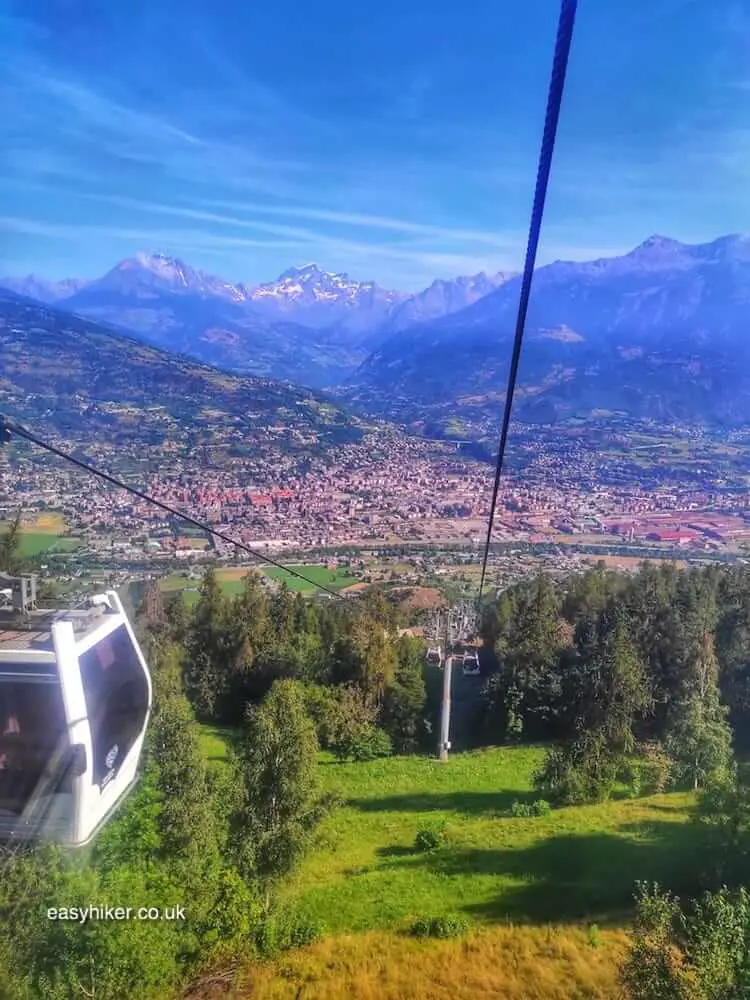
… and arrive fresh and well-rested at the high-altitude station where you will have a large choice between hikes of different lengths and degrees of difficulty for those peeks of Alpine peaks in the Aosta Valley.
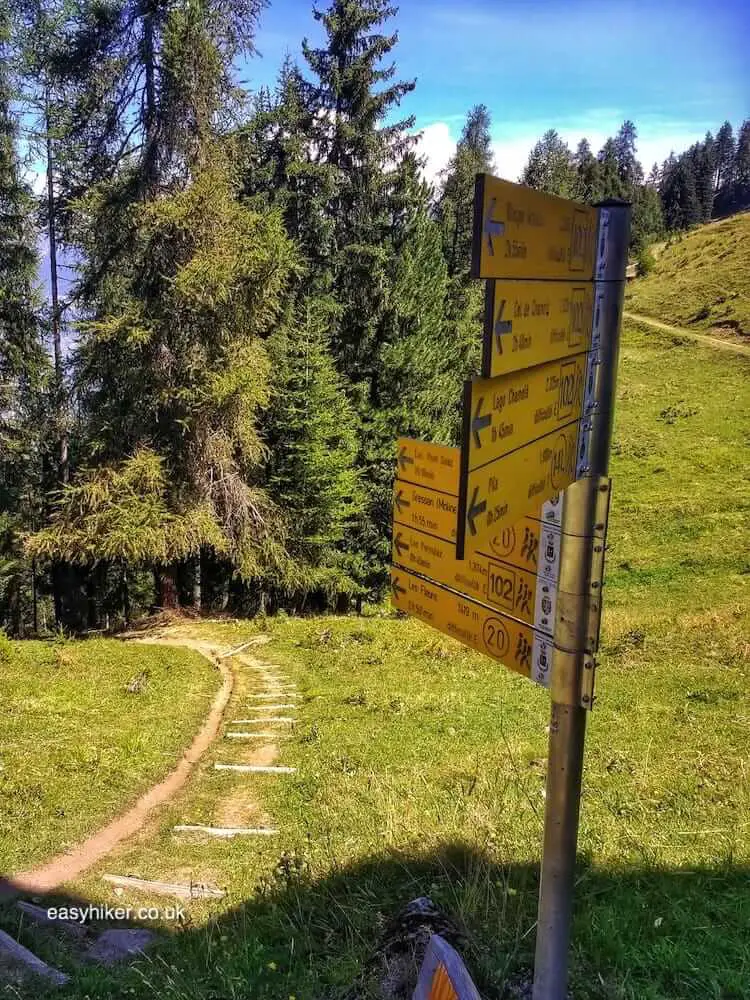
Rule 2: be realistic and do not overrate your capabilities.
If the estimate for the length of a hike is given as “two hours”, this may not sound like a lot, but bear in mind that these estimates are generally produced by fleet-footed and experienced mountain walkers.
For the likes of you and me, two hours can easily stretch to three or four – and don’t forget that you will still have to walk all the way back after that. Which means that at some stage during your return walk, it may – unless you have set out for your trip at the crack of dawn – already be getting dark.
That’s when the real fun begins. (“Did I just hear a wolf howl?”) In short: unless you really, really know what you are doing, you should stick to the lowest level of difficulty, marked “T” in Italy for “Turisti”.
I know: that’s not how we tend to see ourselves, but we gotta face it: that’s what we are, high up in the Alps even more so than anywhere else.
Actually, I had always believed that this “T” stood for “tutti” – and I will stick to that, I think. Because it is so true: T-marked trails are for everybody, meaning, yes, really everybody.
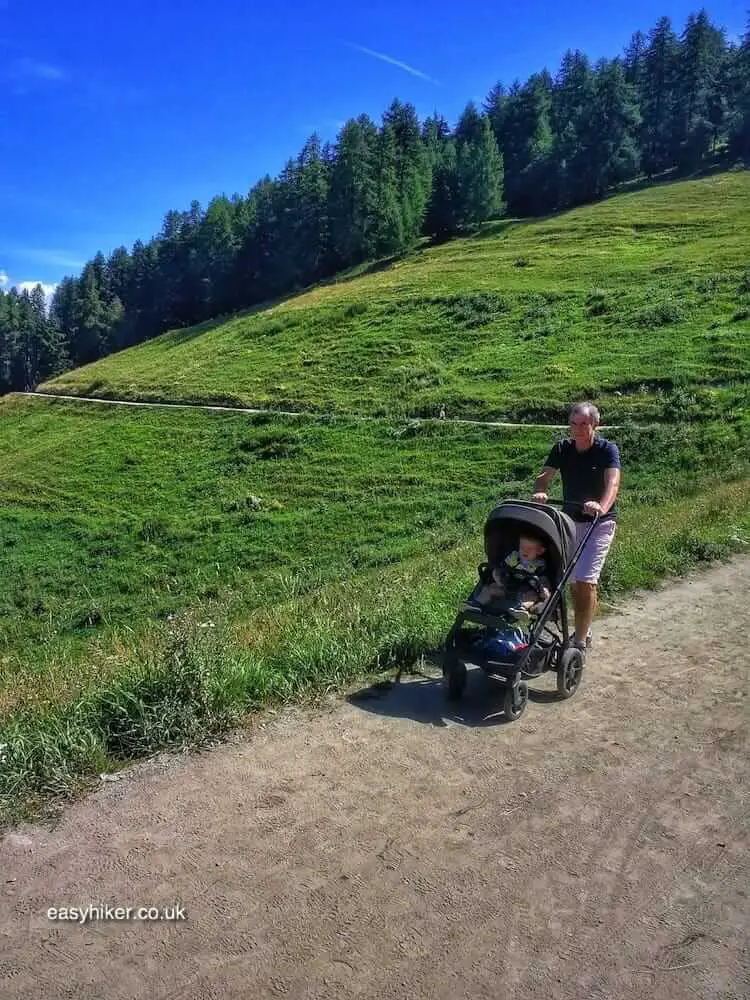
And finally, rule 3: pick a scenic area, one that offers panoramas of the “real” Alps with vistas of the frozen wastelands beyond altitudes of 3000 metres.
An area such as the Val d’Aosta in the extreme northwest of Italy, for example. After all, you wanna see some snow-covered peaks on your summer walk, right?

For explorations of everything this valley has to offer, the city of Aosta is the perfect base. As the only major settlement in the province, Aosta alone can guarantee you a wide choice of accommodations and restaurants as well as something else to do than to look at mountains in the evenings or on days when you feel you need a rest.
And, because Aosta is of compact build, the cable car station is practically located in the town centre: you can find the funivia on the far side of the train station, a ten-minute walk from the centro storico. There is no need to reserve anything in advance: buy a ticket at the counter and up you go, all the way to Pila station at an altitude of 1800 metres.
Until the 1950s, the land around today’s station was home to an isolated community of farmers. It has caught up eagerly with modernity since then – a bit too eagerly perhaps, now featuring an adventure park and a cluster of jarringly modernist residential buildings.
There are also places where you can have a bite and a drink – or even a swim, of all things.
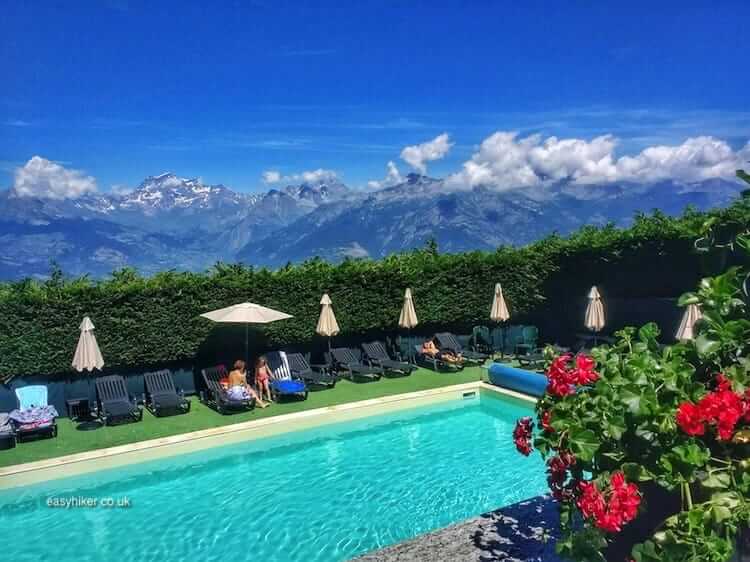
All this was built for the skiing season, and originally, the summer season (from June to September) was just an afterthought and never meant to attract more than a few hikers.
Today, however, the Pila summers are nearly as busy as its winters, because for every hiker, half a dozen mountain bikers are entering the cable cars in order to plunge down the pistes that were originally laid out for the skiers.
You should familiarize yourself with Pila Village a bit and then pick the easiest route away from it all: the trail that leads to the Hermitage Chapel. This is the perfect easy-hiking choice for three reasons.
First of all, the trail may be short – at half an hour one way – but still provides everything that a longer route can offer: peeks of the peaks through gaps between the tree-tops of the dense forest, …
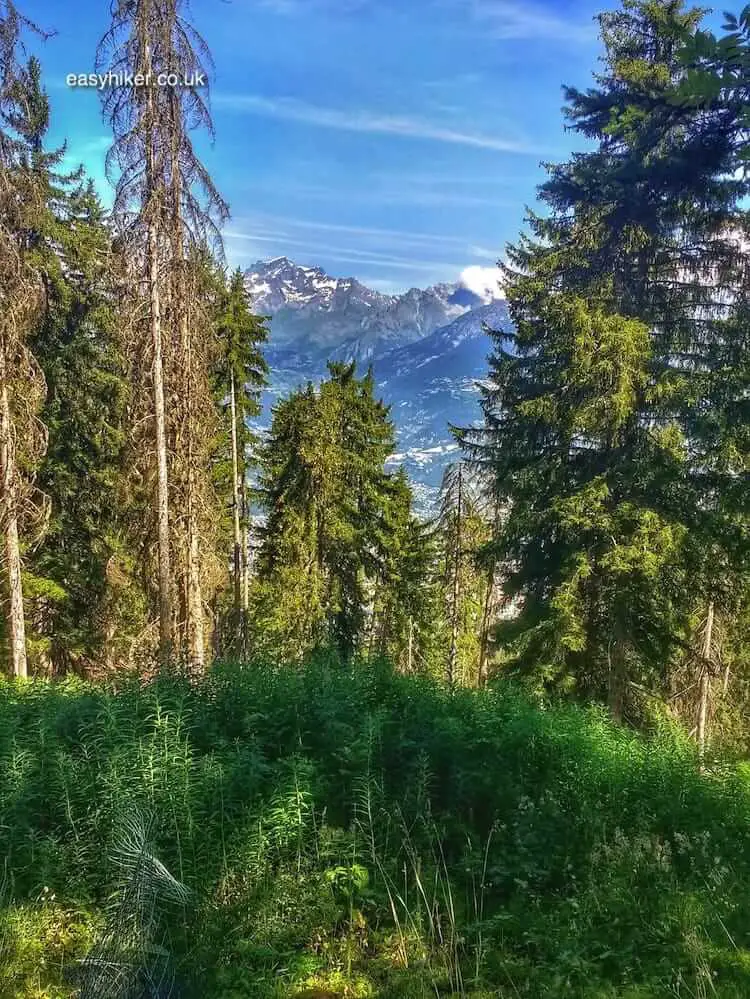
… a symphony of colours on the uphill slope …
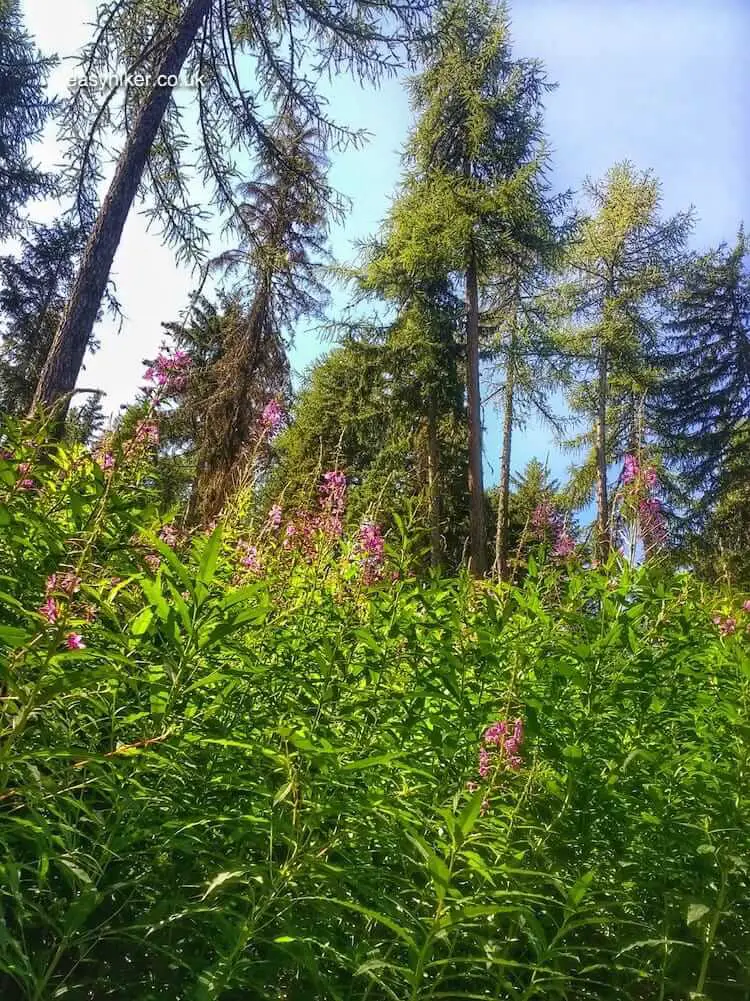
… and scenic panoramas of exactly the kind you have come here to see.
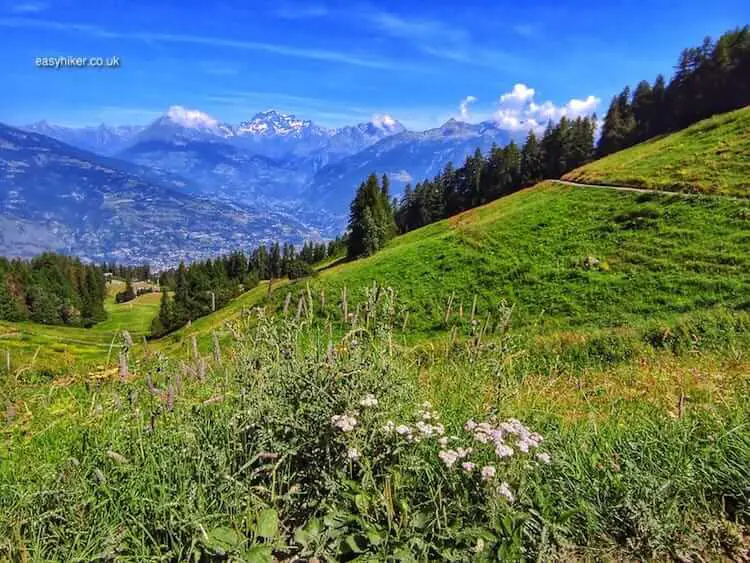
All of this accentuated by the occasional surprise.
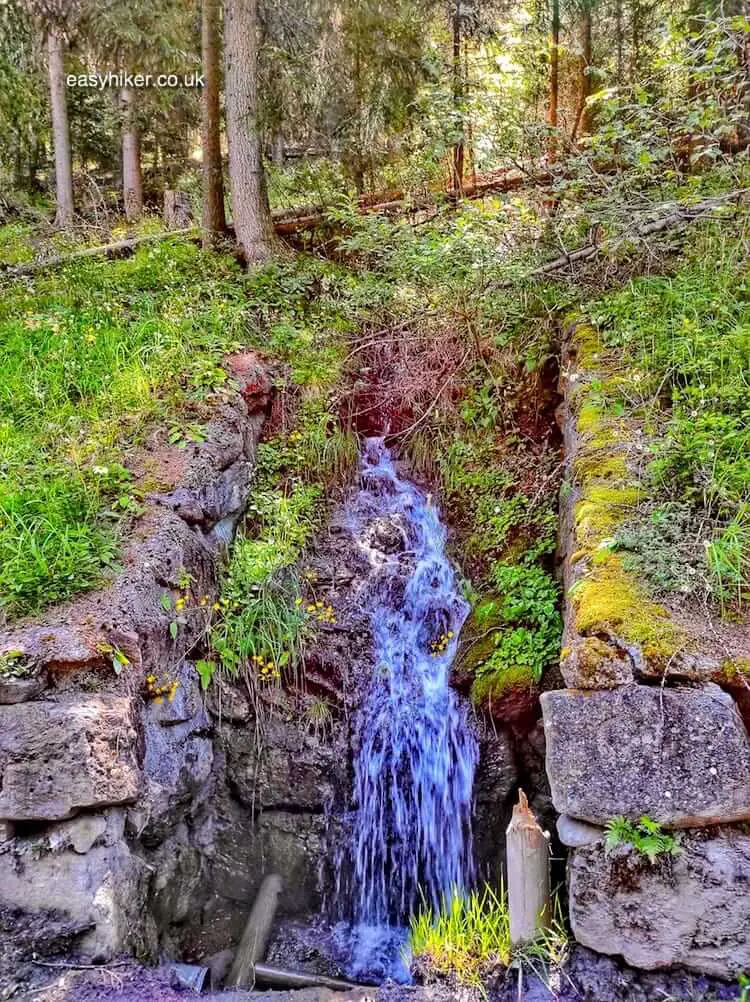
Secondly, the Hermitage Chapel is a good terminal stop for a hike: it is difficult to miss, complements its surroundings in an unobtrusive way and invites you to sit down for a moment of quiet contemplation. Neither of which should come as a surprise, since it was built to deliver all of that.
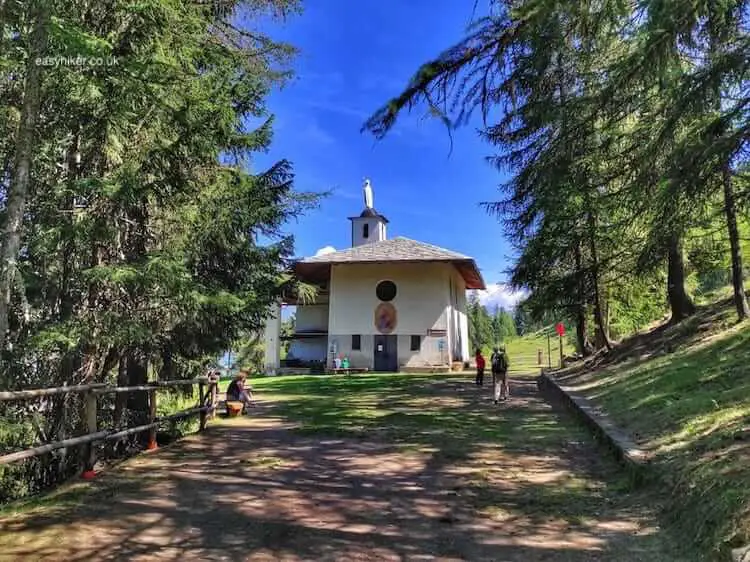
The hermit who came here to pray – and, one suspects, to seek some distraction from the monotonous routines in his Hermitage – was Saint Gratus, the Bishop of Aosta who had converted many pagans in the valley during the 5th century.
He is usually depicted – for gruesome effect – holding a severed head in his hands. It was Saint Gratus who brought the head of St John the Baptist to Europe, having discovered it “miraculously”, as the legend has it, during a pilgrimage in the Holy Land.

And reason number three: while a longer hike would occupy the entire day, the short route creates space in the afternoon for doing something else. We are, after all, not yet through with the Pila. In fact, the real adventure is only just beginning.
